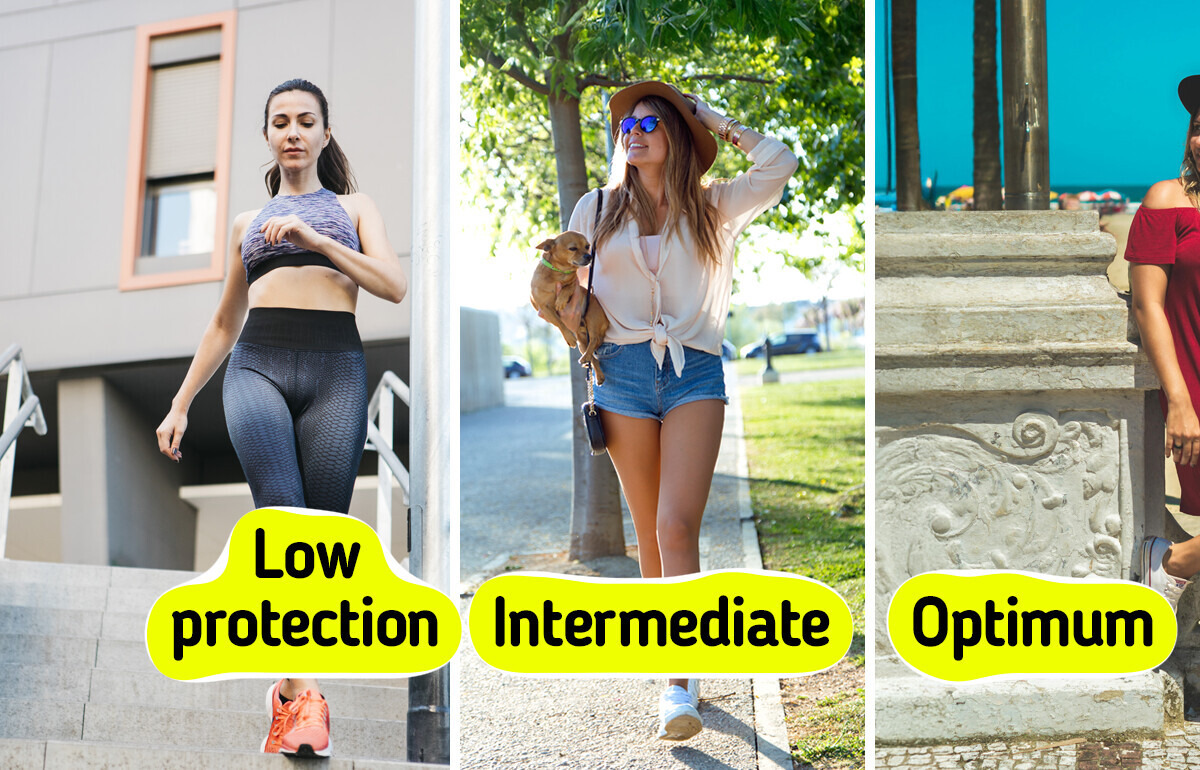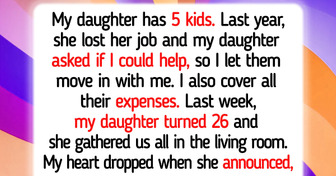10 Funny Stories From People Who Were Unexpectedly Betrayed by Their Own Brains


When thinking about sun protection, we tend to focus on sunscreen, but clothing also plays a key role. There are certain factors that directly influence its ability to block UV rays, so the right choice can make the difference between protected and exposed skin. We invite you to review some common mistakes and how to make your clothing an effective ally against the sun.
It is common to think that white or light-colored clothes are best for the sun because they “reflect more heat”. Although they may be cooler, they actually offer very little protection against UV rays.
For example, a white T-shirt may have an UPF (ultraviolet protection factor) of only 7. In contrast, dark colors, such as navy blue, red, or black, absorb UV rays better, preventing them from reaching your skin. So, a dark garment can give you much better protection without the need to constantly apply sunscreen.
Many people assume that any fabric is a sufficient barrier against the sun, but this depends on its construction. Thin fabrics, such as light linen, silk, or refined cotton, allow UV rays to pass through. In contrast, dense fabrics such as denim, wool, or tight synthetics (polyester, rayon) offer more effective coverage.
A simple trick: if you can see through a garment when holding it up against the light, it probably doesn’t protect you well. Go for opaque tones.
Choosing tight-fitting clothing to keep out the heat is a common practice, but it can be counterproductive. When fabric stretches, its fibers separate, reducing protection against UV rays. This is why loose-fitting clothing is not only more comfortable in hot weather, but also more effective as a sun shield.
The same principle applies to hats and sunglasses: they should fit nicely and loosely to protect, leaving no gaps for rays to enter.
Many people think that a short-sleeved T-shirt and sunscreen are enough. However, the more you cover your skin with appropriate clothing, the less exposure you will have. Long-sleeved shirts, long trousers and skirts below the knees are ideal.
And don’t forget wide-brimmed hats, which protect vulnerable areas that are often forgotten and burn easily, like the ears, neck, and scalp.
The UVPF (ultraviolet protection factor) measures the level of protection offered by fabrics against UV rays. Many sun-specific garments include it on their label.
Unlike the SPF of sunscreen, the UPF measures how many UV rays (both UVA and UVB) pass through the fabric. For example, a garment with UPF 50 allows only 1/50th of the radiation to reach your skin. Not all good sunwear is labelled, but if it is, it is a reliable guarantee of protection.
It is often overlooked that wet or stretched clothing is less protective. At the beach or when exercising, clothing tends to become damp or stretched, which reduces its effectiveness in the sun.
It is also common to wear hats or sunglasses without adequate protection: loose straw hats or sports caps do not cover enough, and dark sunglasses without UV filters do not protect the eyes. Always check that your sun accessories do their job, not just for aesthetics.
There’s more to protecting yourself from the sun than just wearing sunscreen. The clothes you choose can be your best ally... or leave you unprotected without you even noticing. Did you know that your favorite outfit might not be doing much for you? What changes would you make to your wardrobe today to take better care of your skin?











